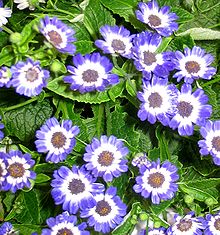p 197 | Duc d'Estrées so probably Charles de La Rochefoucauld-Doudeauville (1864-1907)
p 197 | Paul Doumer (1857-1932), a radical politician who became president of the Republic in 1931, only to be assassinated a year later; Paul Deschanel (1855-1922) became president in 1920, but resigned nine months later due to illness. (Sturrock)
p 197 |François de Charette (1763-96) led the counter-revolutionary Royalist uprising in the Vendée in 1793; his family remained strongly Royalist throughout the 19th century. Sosthène de Doudeauville (1825-1908), descended from another ultra-Royalist family, was a right-wing deputy for many years & ambassador in London 1873-74. (Sturrock)
p 198 |Committee of Public Safety (Comité de Salut Public) was the most ferocious of the ruling institutions created by the French Revolution, lasting from 1793 to 1795; dominated first by Danton, then Robespierre. (Sturrock)
 |
| Zola in the 1890s |
Émile Zola (1840-1902), by then the country's leading writer, was the most prominent Dreyfus supporter during the Affair; Joseph Reinach (1856-1921), a politician, eventually wrote a 7-volume history of the Affair;
 Fernand Labori (1860-1917), a lawyer, defended Émile Zola in 1898 in the Dreyfus trial, and Captain Alfred Dreyfus himself at the court martial in Rennes in 1899.< (Sturrock)
Fernand Labori (1860-1917), a lawyer, defended Émile Zola in 1898 in the Dreyfus trial, and Captain Alfred Dreyfus himself at the court martial in Rennes in 1899.< (Sturrock)
p 201 |Édouard Juda Colonne (1838-1910), violinist & conductor who founded the Concert National in Paris in 1871 and later the Association des Concerts Colonne.
 |
| by Falconet |
p 201 | Revue des deux mondes: (Review of the Two Worlds) is a French monthly literary & cultural affairs magazine published in Paris since 1829.
 p 203 | Étienne Falconet (1716-91), sculptor and ceramic artist, whose patron was Mme de Pompadour.
p 203 | Étienne Falconet (1716-91), sculptor and ceramic artist, whose patron was Mme de Pompadour.
p 203 | Blue Cineraria flowers
